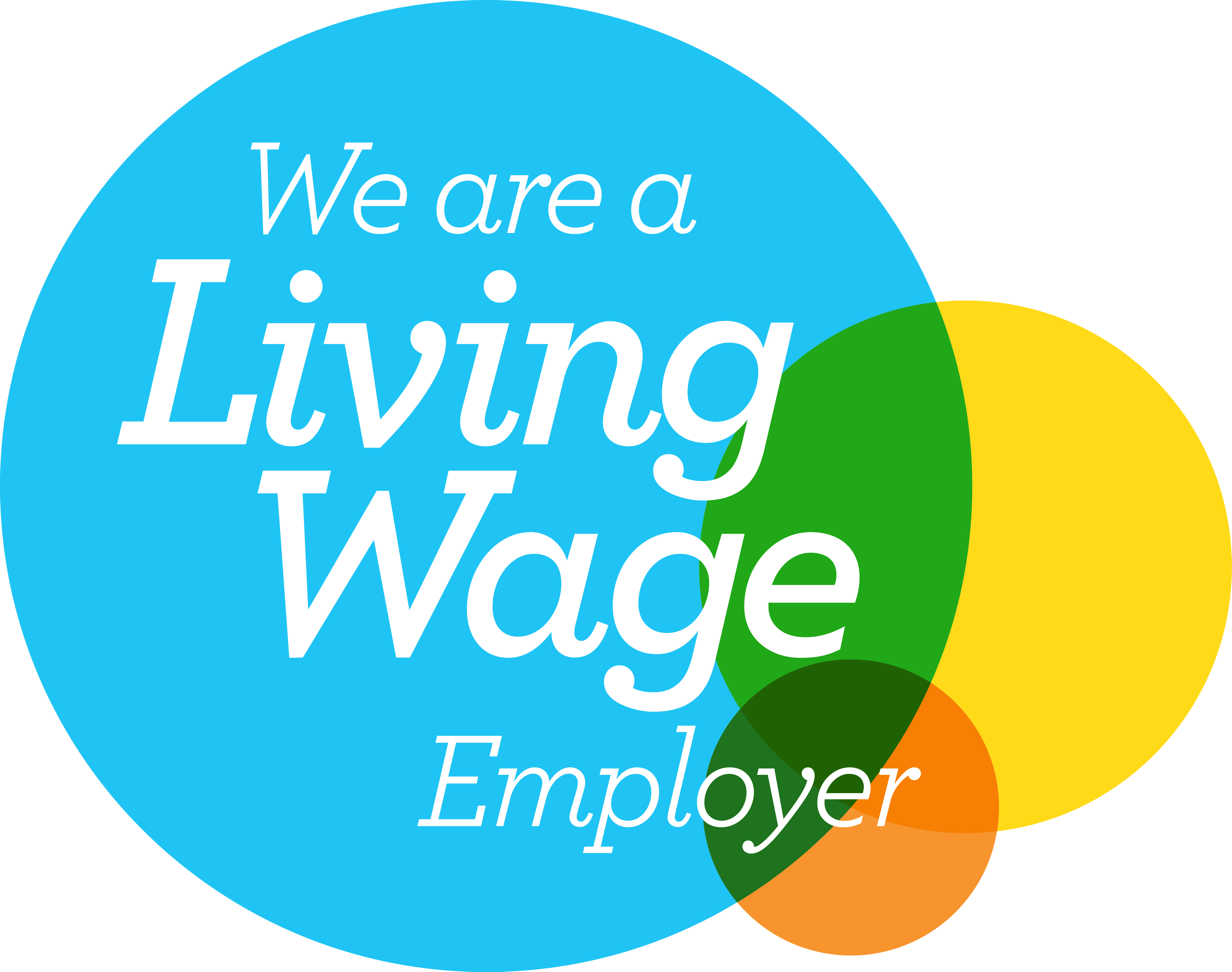7 steps to effective Parental Engagement
7 steps to effective Parental Engagement
7 steps to effective Parental Engagement

When you’re fighting for the attention of an audience such as parents, against a background of relentless interference, it can be incredibly hard to break through. Having worked with thousands of schools over the past decade, there are some fast actions you can take to routinely build effective parental engagement.
Before we dive deep, we need to clarify what parental engagement actually means. Besides face-to-face relationships, which will always win hands down, there are two types of parental engagement using digital tools.
Two Types of Parental Engagement
1/ Broadcast Parental Engagement
Broadcast parental engagement includes activities such as sending emails from the headteacher to your entire school community, or what you post on your social media channels. This can be a highly effective method of keeping your parents informed about what is going on in school. But, it’s important to not bombard your entire school audience with all you’re information, which we’ll get into shortly.
2/ Personal Parental Engagement
Personal parental engagement is the content that you share that is specific to individuals or targeted groups of people. For example, if you send an app notification or a text message to 30 students who are going on a school trip, we would class that as personal parental engagement. It might also include absence notifications, class specific updates, or parents’ evening information.
7 steps to effective Parental Engagement
What specific actions can you take that will result in an immediate impact on how you engage with your parents? There are so many things you can do but we’ve distilled this down into the most effective things to consider. These are guaranteed to have a direct impact on how effectively you communicate.
1/ Know YOUR Audience
There is no generic “school audience” and therefore there is no specific, one-size-fits-all parental engagement strategy that every school can use. If you’ve been told that, don’t believe it and run for the hills. It’s not a thing.
A little while ago, in a conversation with the leader of a major multi-academy trust, this Director spoke about one of the schools he was working with. The school had taken their Pupil Premium budget and had spent it entirely on 2 minibuses. The reason? They knew that the local area they were serving meant that a large proportion of their students had very little time in the outdoors, exploring nature. They took the money, invested in something that could be used specifically for their students and then demonstrated the effectiveness of their investment.
Now apply this principle to the concept of parental engagement. Your school community is unique and you know it best.
All the other strategies that we will look at here and those you will explore in our Parental Engagement Guide need to be applied to what you know about your community.
Take the time to think about your community and the methods you would be best to use to reach them.
Another school that we work with in a more deprived community only communicate with their parents through Facebook. They’ve been doing it since about 2012. That’s at a time when schools went nowhere near Facebook. Many still don’t.
Why did they choose to communicate through Facebook and use no other tools?
Because that’s the place their parents could be reached. Nowhere else. The parents changed phone numbers and email addresses so regularly that it wasn’t possible to keep on top of the data. The place they always were, was Facebook.
2/ Choose ONE Parental Engagement Tool
Now that you have considered how best to reach your audience, settle on one tool and commit to it for a period of time. It may be that the tool you choose isn’t the perfect fit and you do need to make a move. But, by doing your research and considering your options carefully you’ll make a good decision. The key thing is to stick with it for enough time for it to become the norm for your community.
The reason for sticking to a single tool is that your audience needs to know what you’re using. Expecting parents to use a number of tools or communication methods or regularly try new things will mean that, not only they can’t keep up, but even more importantly, they will eventually tire of the changes and lose interest altogether.
3/ Send out shorter, more regular communication
Don’t send out a single, War and Peace style email once a year or once a term. Your content needs to be digestible by your audience. So many schools send out a very long email once or twice a term and it’s very often the only time parents will hear from the Headteacher or Principal.
Quite simply, that’s not how people digest content.
By communicating shorter, more digestible updates through a single, reliable tool you will, over time, gain the trust and greater interest of your audience.
4/ Personalise
Whenever you can, personalise the content you are sending out. What do we mean by “personalise”?
The very best parental engagement tools give you personalisation options. That includes adding ‘merge’ information within the content allowing you to add some personalisation. This is important because it makes the individual you’re sending information to feel more like you’re speaking directly to them.
But personalisation can also refer to the way your write your messages and the tone you use. It’s very important to have a clear picture of the people you are speaking to and communicate to them in a way they will respond well.
For example, if you are working in a location with a demographic of predominantly professionals and high earners it is likely that a more formal tone would be appropriate than in other areas. Think about who you are working with and ensure your tone reflects how you can effectively achieve the best communication with those people.
5/ Apply the 75% Rule to Your Broadcast Information
Here’s an easy one – certainly in principle! When sending out messages to your whole school community, only include information that is relevant to at least 75%. If you are communicating about something that only affects a smaller proportion of your audience, choose a personalised parental engagement method.
An example? If your Year 7 students are going on a trip and anyone can come along as long as they are in Year 7, what method of communication would you use? There is no use sending that to the whole school, at all. You can share that with everyone within Year 7, but not the whole school.
If you are having a whole school photo day or whole school parents’ evening – go for it!
Stick to the 75% rule and watch the impact on the number of parents who read your content more fully.
The exception to this is the next step. Step 6 should be shared as far and wide as possible.
6/ Celebrate
Genuinely, this is the single most important thing I think you can do. Over the last few years, there has been a sense of decline in the celebration of achievements in school. This has been driven by the need to keep sharing important information about ever-changing rules.
It cannot be stressed enough just how important it is in your endeavours to develop effective parental engagement that you share content that puts a smile on the faces of your audience.
Every chance you get, shout about something fantastic that has happened in school. That’s likely every day.
That doesn’t mean sending an email out or an app notification, but it does mean using your social media channels and your website to celebrate these events. You can always include some of these posts within a wider update. But, try to regularly post these positive events on platforms that will be seen by your parents and the wider community as well.
7/ Know the Role of your School Website in effective Parental Engagement
You must have known we’d get here eventually? Your school website is a critical piece of the puzzle to achieving effective parental engagement.
The website sits in the middle of every other communication tool. It has the power to take the news you share with your community and extend its reach to a whole new set of audiences.
Everything you add to your website can be seen by anyone. It is the only tool you will ever use that has that power. All other tools point to your website, even your social media channels.
Your Next Steps …
Take the time to think through your school environment.
- What do you do best?
- Who do you serve?
- Where is your school and what does the local community look and feel like?
- How can you reach your school community specifically?
Then, here is a range of reading you can do that will empower you to create a parental engagement strategy that is highly effective and geared towards your specific setting.
- How your school website can improve parental engagement
- Parental Engagement is not good enough
- How Social Media Can Improve Parental Engagement
To go deeper, read more about the power of your website and how it fits into a wider parental engagement strategy in our Parental Engagement Guide.







